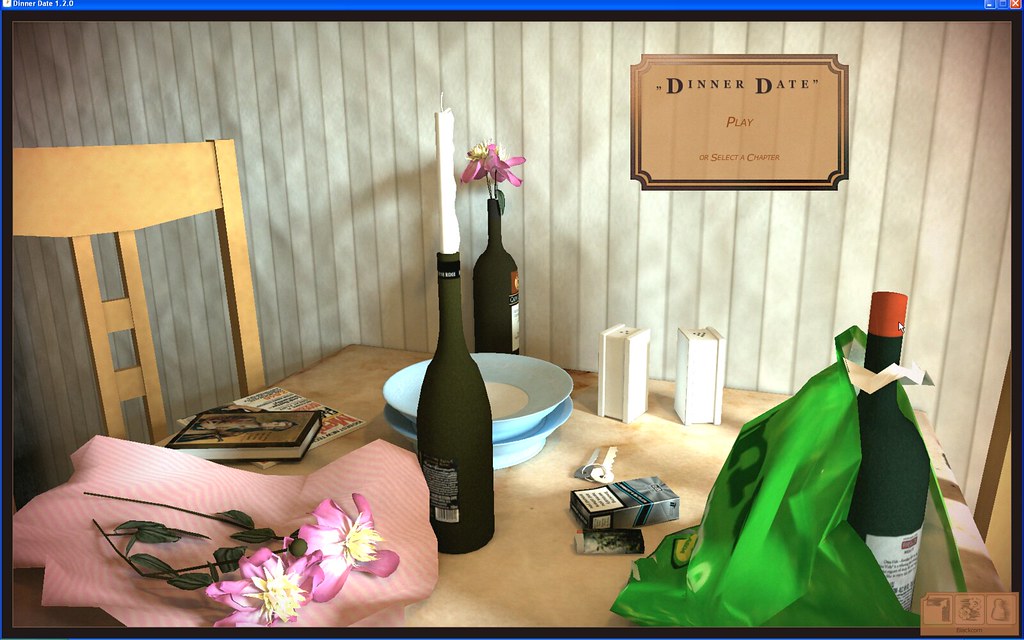
Are your eyes in good shape? This seemingly simple question can unveil significant insights about your overall well-being, as eye health plays a crucial role in our lives. Understanding the common eye issues we face is the first step toward ensuring we maintain our vision, so let’s explore some frequent problems and their implications for our health.

1. **Refractive Errors**: These are the most frequent eye problems in the United States, encompassing myopia (nearsightedness), hyperopia (farsightedness), astigmatism (distorted vision at all distances), and presbyopia (which typically occurs between ages 40-50). Refractive errors can affect how we see the world around us, but the good news is that they can be easily corrected with eyeglasses, contact lenses, or even surgery. Imagine how much clearer your world could be with just a simple pair of glasses!

2. **Age-Related Macular Degeneration (AMD)**: This condition affects the central part of the retina, leading to a loss of sharp vision, which is crucial for activities like reading or driving. There are two forms of AMD: wet and dry. Wet AMD can cause rapid vision loss due to fluid leakage under the retina, while dry AMD progresses more slowly, affecting both eyes over time. Keeping an eye on your vision changes as you age is so important, as early detection can help manage this condition effectively.

3. **Cataracts**: Cataracts, which lead to a clouding of the eye’s lens, rank as the leading cause of blindness globally, affecting vision at any age but notably more in older adults. Although cataract removal procedures are widely accessible, many still face barriers preventing timely treatment. If your vision begins to feel hazy or blurry, it’s time to seek advice from an eye specialist to safeguard your sight!

4. **Diabetic Retinopathy (DR)**: This is the leading cause of blindness in American adults and its risk increases with poor management of diabetes. DR damages the blood vessels in the retina, progressing through four stages. Regular eye exams are critical for people with diabetes to catch and manage this condition early. If you or someone you know has diabetes, make sure to schedule those eye check-ups!

5. **Glaucoma**: Often dubbed the “sneak thief of sight,” glaucoma can quietly inflict damage to the optic nerve due to increased fluid pressure within the eye. Since many individuals don’t detect vision loss until it’s too late, early detection becomes essential. Regular eye exams can serve as a preventative measure, helping identify glaucoma before it escalates into a more serious concern.

6. **Amblyopia (Lazy Eye)**: Amblyopia is the most prevalent cause of vision impairment in children, occurring when one eye fails to work in sync with the brain, often leading to weaker vision in that eye. Early intervention is critical for treating amblyopia effectively, so if you observe any concerning signs in your children, don’t hesitate to connect with an eye care professional for guidance.

7. **Strabismus**: Often referred to as cross-eyed, strabismus occurs when the eyes are not aligned properly. This condition can lead to depth perception issues and may require treatment ranging from glasses to surgery. If you notice your child’s eyes crossing or not working together, it’s important to seek help.

8. **The Importance of Blinking**: We don’t often think about how crucial blinking is for our eye health. On average, adults blink between 10 to 20 times per minute, providing essential moisture and nutrients to the eye. However, when focused on screens or tasks, our blink rate drops significantly, leading to dryness and strain. Being mindful of blinking can help maintain eye health in our tech-heavy world.

9. **Eye Strain and Screen Time**: With technology being a part of our daily lives, many are experiencing symptoms of eye strain, like headaches and discomfort. This is often due to reduced blinking and prolonged focus on screens. Taking regular breaks and using the 20-20-20 rule—looking away from your screen every 20 minutes to gaze at something 20 feet away for 20 seconds—can significantly alleviate these symptoms.

10. **Dry Eyes**: Dry eye syndrome is a widespread issue characterized by insufficient tear production or poor tear quality, which keeps our eyes healthy and comfortable. Prolonged screen time can worsen this condition, making it vital to take regular breaks and use eye drops to alleviate dryness. If you frequently experience dry eyes, consulting your eye care provider for personalized recommendations can make a significant difference in managing your symptoms.

By understanding these common eye conditions, you empower yourself to take action in caring for your vision. Regular eye exams and being aware of changes in your eyesight are vital in maintaining eye health. If you notice anything different, don’t hesitate to reach out to an eye care professional for advice. Remember, your vision is priceless, and taking care of it should be a priority!

Maintaining eye health is essential for everyone, especially in our screen-dominated world. With so much time spent looking at screens, it’s crucial to adopt effective strategies that will help protect our eyes and keep them functioning optimally. Here are some practical tips to ensure your eyes remain in tip-top shape:

11. **Regular Eye Exams**: Staying proactive with your eye care is key! Regular eye exams help catch any potential issues early, such as glaucoma or diabetic retinopathy. It’s recommended to have a comprehensive eye exam every one to two years, depending on your age and risk factors. Not only will this keep your prescription updated, but it will also give you peace of mind knowing your eyes are healthy.

12. **Follow the 20-20-20 Rule**: If you’re spending hours in front of a screen, take a break every 20 minutes. Look at something 20 feet away for 20 seconds. This simple practice can significantly reduce eye strain and help keep your vision sharp. It’s a small investment of time that can have a big impact on your eye health!

13. **Stay Hydrated**: Drinking enough water is crucial for overall health, including eye health. Dehydration can lead to dry eyes, so aim for the recommended daily intake of water. Keeping hydrated will help maintain the moisture in your eyes and reduce discomfort.

14. **Limit Screen Time**: While we can’t completely avoid screens, we can be mindful of how much time we spend on them. Set boundaries for your screen time and make it a habit to step away from digital devices throughout the day. Taking breaks not only helps your eyes but also benefits your mental well-being!

15. **Use Artificial Tears**: If you often experience dry eyes, consider using over-the-counter artificial tears. These lubricating eye drops can provide immediate relief and help keep your eyes moist. Consult with your eye care provider about the best type for your needs.

16. **Adjust Your Workspace**: Set up your computer screen at eye level and at least an arm’s length away to promote better ergonomics, which can significantly reduce strain on your eyes and neck. Additionally, utilizing an anti-glare screen can help diminish discomfort caused by reflections and bright lights, ensuring your workspace remains eye-friendly.

17. **Wear Sunglasses**: Protecting your eyes from harmful UV rays is crucial, especially when spending time outdoors. Invest in a good pair of sunglasses that block 100% of UVA and UVB rays. This simple accessory can prevent sun damage and help maintain your long-term eye health.

18. **Eat a Balanced Diet**: A well-rounded diet rich in vitamins and nutrients can work wonders for your eye health. Foods high in omega-3 fatty acids, such as fish, as well as leafy greens, carrots, and fruits, can help reduce the risk of eye diseases. Incorporate these foods into your meals for better vision!
By implementing these effective strategies, you will be well-equipped to preserve the health of your precious eyes. Remember, your vision is invaluable, and taking proactive steps today can lead to a brighter, clearer tomorrow. Let’s prioritize eye health as an essential part of our daily routines!
Related posts:
About Common Eye Disorders and Diseases
Are You Blinking Enough?
Long Workdays And Nighttime Scrolling Are, In Fact,



